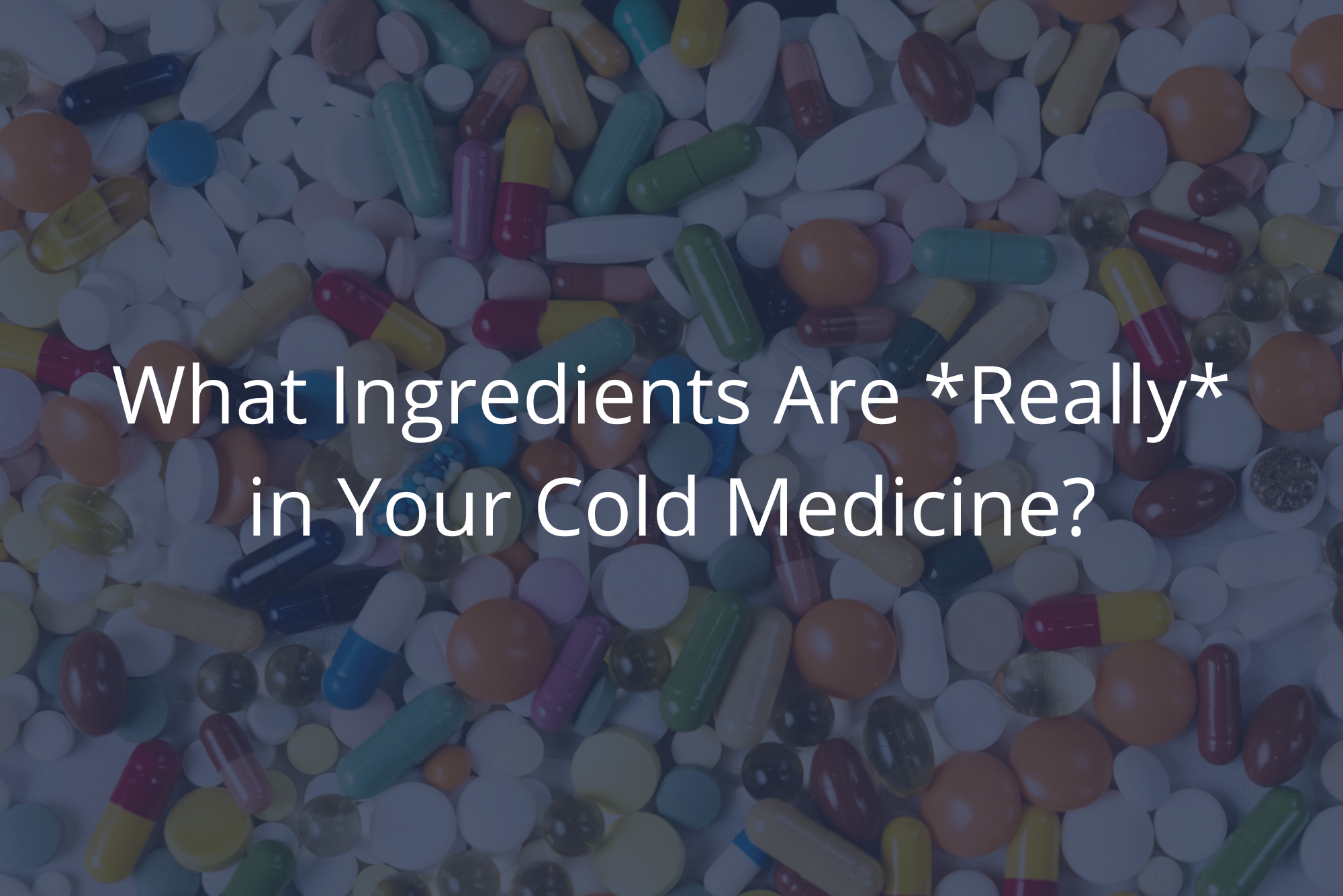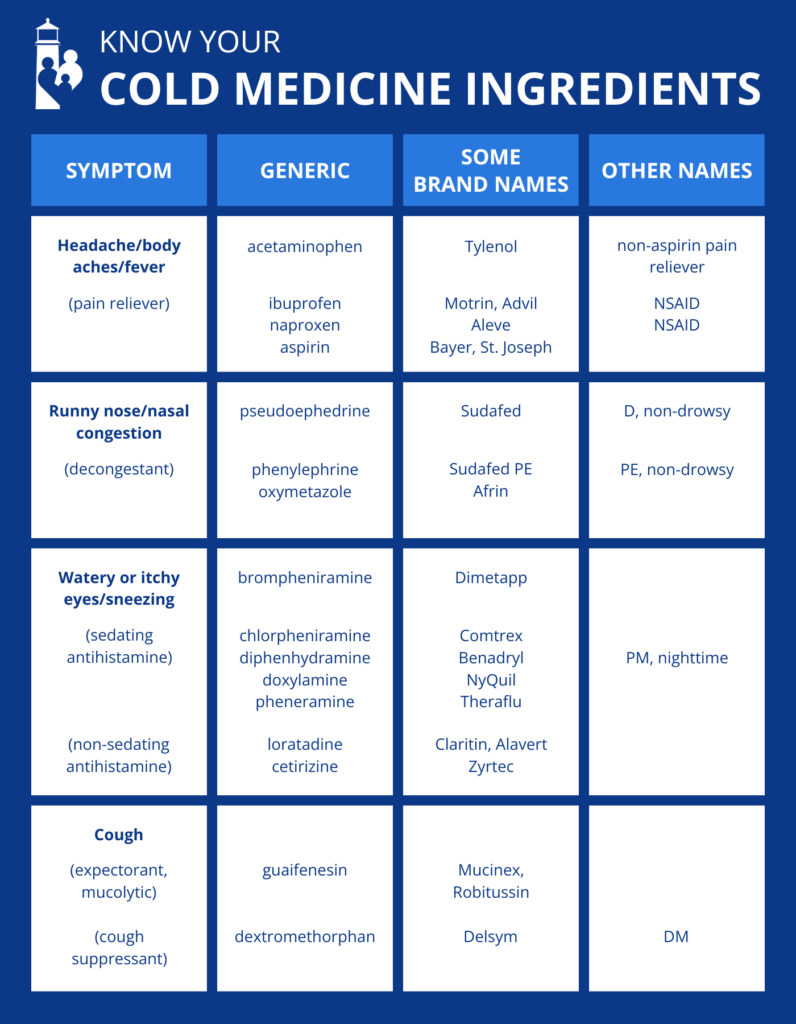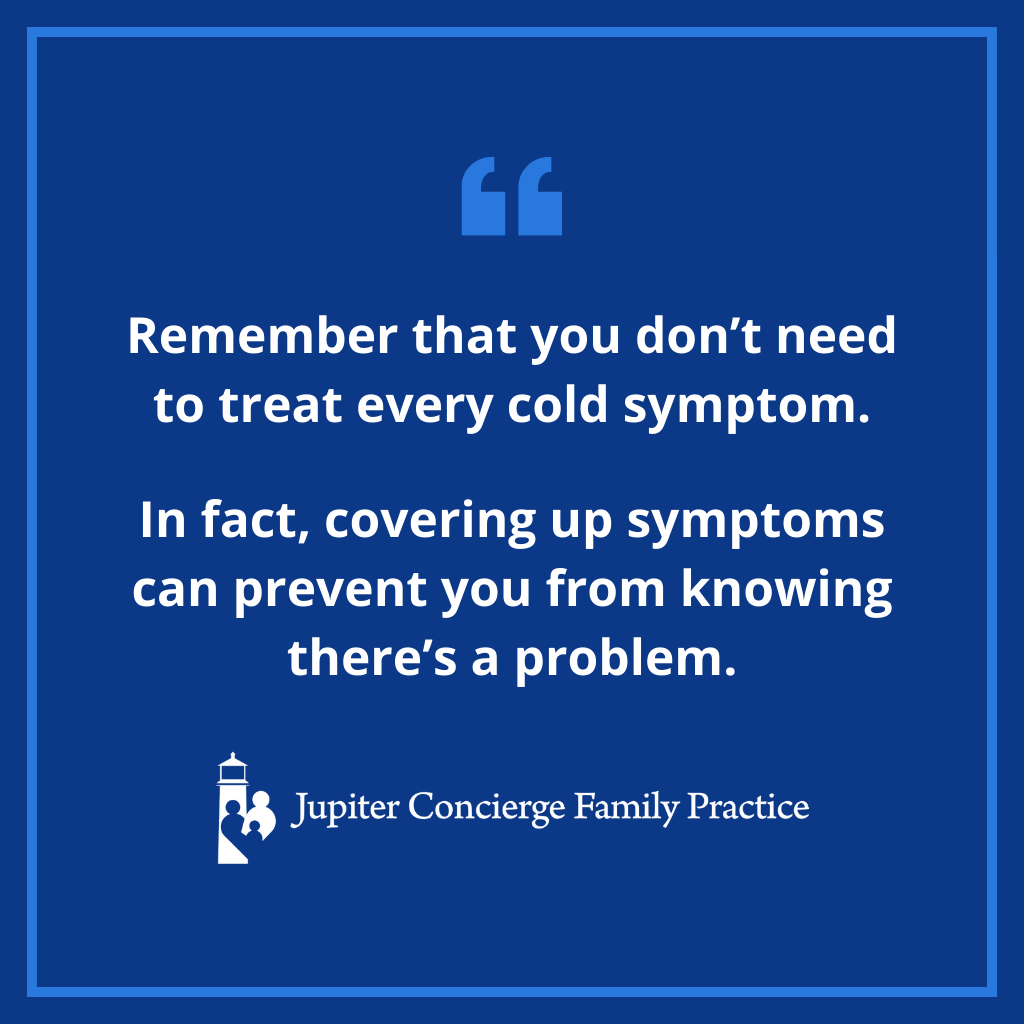
If you’ve been around my blog before, you know I teach the pitfalls of a pill for an ill. As a functional medicine physician, I emphasize treating the root of medical problems rather than chasing symptoms around with pills. Because, in truth, if it’s not necessary to take, it’s necessary not to take.
The reason for this is simple: there is no magic bullet in medicine. Taking a pill for every unpleasant symptom can mask the true problem and unleash an avalanche of adverse effects and interactions. Instead, it’s better to support your health with the 4 Pillars of Health — sleep, exercise, nutrition, and stress elimination — to encourage healing, vitality, and longevity.
That said, there are times when over-the-counter (OTC) medications can be appropriate aids to healing.
When there’s a self-limiting problem — a cold virus, for example — sometimes a little symptom relief can get you the rest you need to turn a corner. When you’re miserable with a cold, OTC medications can help mitigate your symptoms so that you get traction and recover. Rest is critically important when your immune system is fighting an illness. In these cases, inconvenient but minor side effects from the medicine are easily forgivable.
While this concept sounds simple in theory, in practice, navigating your way through the drugstore aisles of OTC medicines is anything but simple. One reason is the confusing combination of cold medicine ingredients that mask themselves behind consumer-friendly names.
To help you find the right medication for your needs, let’s discuss which specific symptoms benefit from OTC intervention and demystify the cold medicine ingredients listed on the backs of all those bottles.
The Keys to OTCs
Safety first. OTC safety and usage are two of the most confusing aspects of modern healthcare. Determining which medicines to buy isn’t easy — especially if you’re feeling ill.
For safety’s sake, it’s important to remember that over-the-counter products are medications. And, like prescription medicines, OTCs carry benefits and risks. The goal is to take the lowest amount possible that decreases your symptoms enough for you to get the rest you need.
One symptom at a time. Multi-symptom cold medications treat some combination of typical symptoms: pain (headache, body aches, or sore throat), fever, congestion, sneezing, and cough. However, the claims and names on cold medicine labels can be confusing regarding what combination of drugs each formulation actually contains.
When I’m at the drugstore, I often see perplexed people reading containers, looking for clues on the labels. I’m a medical doctor trained in this stuff, and even I find it difficult.
Instead of trying to sift through the endless combinations of symptoms listed on the packaging, it’s usually better to purchase the appropriate treatment for each symptom separately.
This makes it much easier to ensure you’re treating the symptoms you wish to relieve without taking medications you don’t want or need.
Read the ingredients. There are countless OTC cold medicines, but only about five main ingredients. Regardless of the font or logo on the box, the contents contain more or less the same things. In fact, I recommend you completely ignore the front packaging and skip straight to the list of cold medicine ingredients on the back. The front can be very misleading — its purpose is to make you pick the box up, so it prioritizes a marketing angle (or several) over an informative one.
Sticking with the chemical formulation (instead of the touted benefits of any particular brand) will help you avoid overdosing and interactions.
Here are the ingredients you need to know about, by symptom:
Your Guide to Cold Medicine Ingredients
Pain medications. These treat pain anywhere in the body, whether it’s in your throat or your shoulder.
- NSAIDs (ibuprofen, naproxen) and aspirin — anti-inflammatory and pain-relieving
- Acetaminophen — pain reliever
Anti-inflammatory pain relievers can be more effective if inflammation is involved, but they can also be hard on your stomach. Despite being easier on the stomach, acetaminophen (Tylenol) can seriously harm the liver in overdose situations (for instance, if you take Tylenol and then a cold medication that also contains acetaminophen).
Decongestants relieve a runny nose and nasal congestion.
- Pseudoephedrine (Sudafed, usually found with the letter D attached to the brand name)
- Phenylephrine (usually found with the letters PE attached to the brand name)
- Oxymetazoline or phenylephrine nose sprays
All decongestants can make the following symptoms worse: high blood pressure (hypertension), glaucoma, enlarged prostate, Parkinson’s tremors, anxiety, and insomnia. Additionally, the psychiatric medications known as MAO inhibitors are not safe to take with decongestants.
Nose sprays like Afrin (oxymetazoline) should only be used for three days or fewer; otherwise, dependence can develop, causing “rebound” symptoms when you discontinue the drug.
Antihistamines treat the symptoms of allergies and include the older sedating type, which could help you sleep, and the newer non-drowsy type.
- Sedating: diphenhydramine (Benadryl), chlorpheniramine, doxylamine, and pheniramine.
- Non-sedating: loratadine (Claritin), cetirizine (Zyrtec), fexofenadine (Allegra), levocetirizine (XYZAL)
Antihistamines do not carry the same risks for people with the aforementioned symptoms as decongestants.
Cough suppressants are only appropriate if the cough is not productive, is preventing sleep, or is causing significant discomfort.
- Suppress cough: dextromethorphan (Delsym)
- Loosen mucus: guaifenesin (Mucinex, Robitussin)
Productive coughs help your immune system cleanse your body from an illness. If you need to loosen the mucus in your chest, a mucolytic or expectorant like guaifenesin can help the cleansing process along. If you need to suppress your cough to get proper rest or prevent injury, many brand-name versions of dextromethorphan are available.
Conclusion
Remember that you don’t need to treat every cold symptom. In fact, covering up symptoms can prevent you from knowing there’s a problem.
If you have pain that’s a three out of 10 on the pain scale, it’s best to leave it alone. If your nose is dripping a bit, blow it, but don’t medicate it. If you dry out these secretions, you interfere with your body as it tries to heal itself.
The great majority of colds are viral. They go away within a week to 10 days. You can facilitate your healing by getting plenty of rest, choosing specific cold medicine ingredients that treat the symptoms disrupting your rest, and letting your body perform its incredible restorative work.

Dr. David Rosenberg
Dr. Rosenberg is a board-certified Family Physician. He received his medical degree from the University of Miami in 1988 and completed his residency in Family Medicine at The Washington Hospital in Washington, Pennsylvania in 1991. After practicing Emergency Medicine at Palm Beach Gardens Medical Center for two years, he started private practice in Jupiter, in 1993. He is an avid baseball fan and Beatles fanatic, since he was 8 years old. He has been married to his wife, Mary, since 1985 and has three grown children.
David completed additional studies at Mercer University, Macon, Georgia and obtained a BS in Chemistry in 1983.
“My interests include tennis, snow skiing, Pilates and self-development.”


